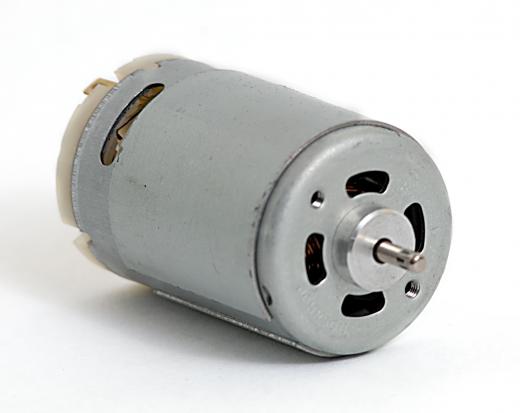A voltage transducer is an element of electrical circuitry that both measures and monitors the levels of current and voltage dispersed and dispensed through the circuit, depending on whether the current is AC or DC. If the power supplied to the circuit is alternating current, or AC, the voltage transducer will monitor and measure the current more readily than the voltage, while voltage transducers work mainly in conjunction with DC power sources. The measurement capabilities of different voltage transducers differ widely due to the many ranges of their usage, from computer circuitry to large transformer circuits.
There are a number of different types of transducers. For instance, voltage-to-current transducers function by measuring the amount of voltage being sent through the transducer and converting it into a regulated amount of current. The purpose is to keep any of the components of the circuit from becoming overloaded or damaged.

Voltage transducers are available in a wide variety of sizes and capacities. Some are able to measure and regulate the amount of energy being consumed to operate electronic railways or are used to measure the amount of voltage traveling through a transformer’s circuitry. They may be found so small that they measure and delegate the different amounts of voltage that run through a personal computer’s power supply, ensuring that each separate output is receiving the correct amount of voltage. Voltage transducers can also be used in the filtering process to measure the amount of harmonic noise that may be generated by different components as the voltage or current is passed through a circuit, as a means of identifying the source of the noise and reducing it.
When used in most industrial applications or settings, voltage transducers may be used in such high-volume energy uses as battery charging stations for large batteries such as for forklifts or in railway substations. They are utilized to measure and differentiate the separate amounts of energy needed for both high-voltage energy sources and much smaller electronic circuitry. Any electrical component, including any type of voltage transducer, must have a label or stamp somewhere on the housing for the unit itself that states that particular unit is in compliance with national electrical component standards. This stamp is shown by displaying a large CE symbol on the housing of the voltage transducer.
